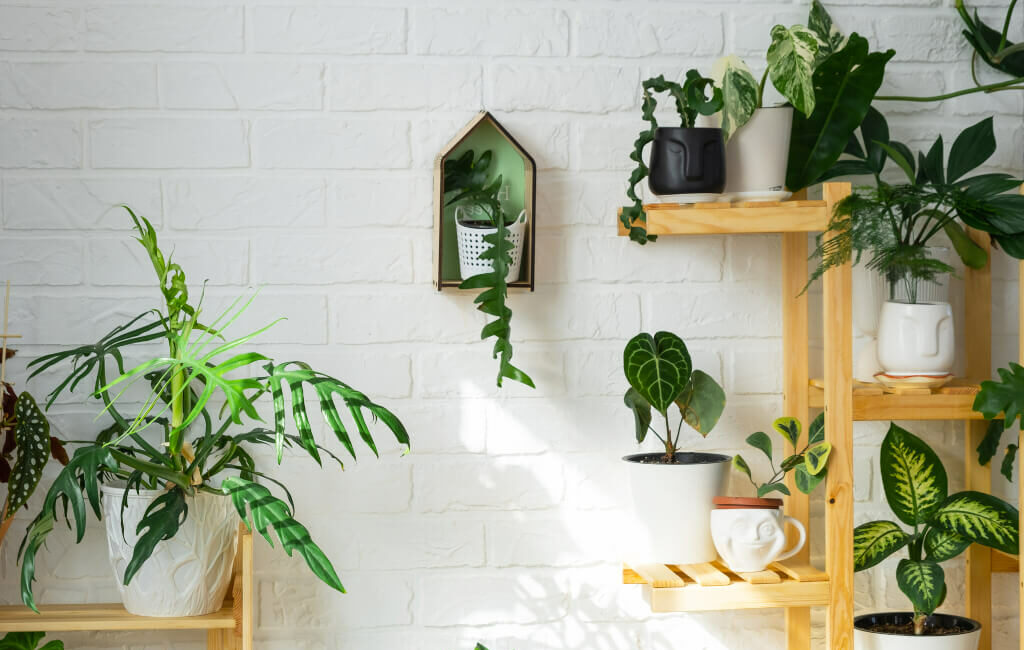Those who came of age in the early 2000s are changing the face of the luxury business with their unique tastes, priorities, and technological savvy. Gen Z is a new generation of consumers who are having a significant impact on the luxury market. Gen Zers, those who came of age in the early 2000s, are changing […]
Continue readingCategory: Lifestyle
A Balancing Act of Mastering Focus for Success in Work and Life
Gaining perspective in both your personal and professional life is essential if you want to succeed in life. In today’s fast-paced environment, where there is an overwhelming quantity of information, diversions, and decisions to make, it can be challenging to find personal and professional clarity. Finding your bearings is essential if you want to live a […]
Continue readingThe Top 10 Low-Maintenance Houseplants
Bringing some greenery and vitality into your home with indoor plants is a terrific idea. However, not everyone possesses a natural affinity for plants, and tending to them may be a challenging endeavor. There is a wide variety of low-maintenance houseplants available. The snake plant is one of the most low-maintenance plants because it needs […]
Continue reading7 Building Blocks For a Successful Virtual Workplace
Great cultures thrive in unrestricted environments. Does Your Business Support and Encourage Telecommuting? Having started a remote digital PR subscription service myself, I anticipate that certain businesses will keep using remote workers in the future. Whether your workers will be working remotely temporarily or permanently, it is essential to cultivate a positive remote corporate culture […]
Continue reading


